Home / IT & Computer Science / Coding & Programming / People, Networks and Neighbours: Understanding Social Dynamics / How Protests Spread Through Networks
This article is from the free online
People, Networks and Neighbours: Understanding Social Dynamics


Reach your personal and professional goals
Unlock access to hundreds of expert online courses and degrees from top universities and educators to gain accredited qualifications and professional CV-building certificates.
Join over 18 million learners to launch, switch or build upon your career, all at your own pace, across a wide range of topic areas.

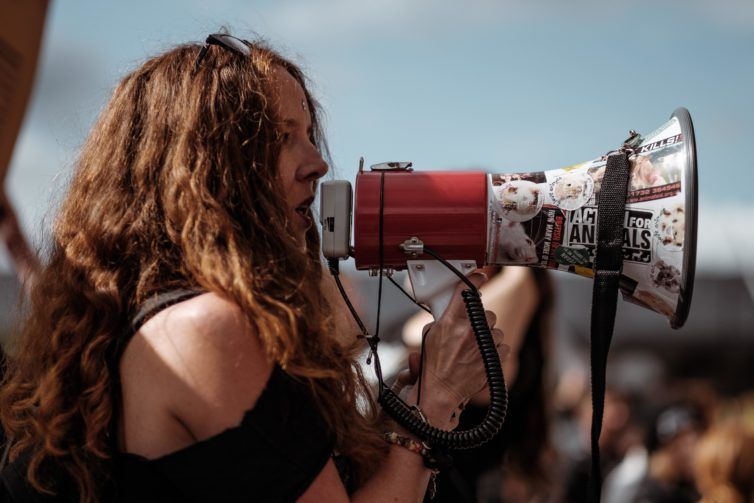
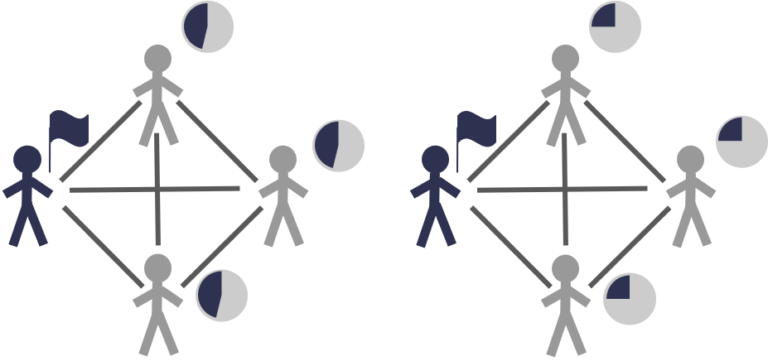
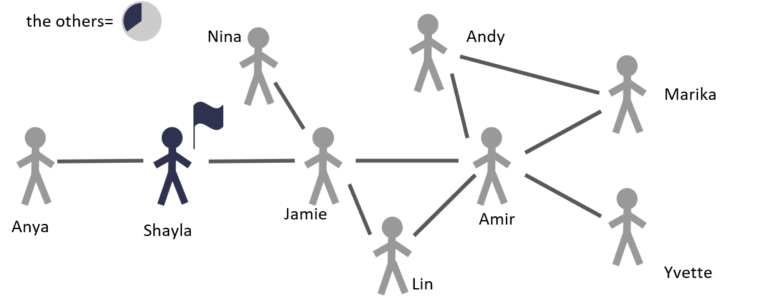 Image 2: Initiator has a peripheral role in the network. Only one person will join in.
Image 2: Initiator has a peripheral role in the network. Only one person will join in.
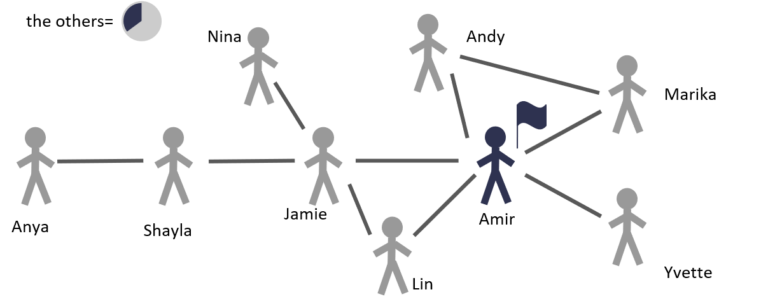 Image 3: Initiator is a ‘central’ person. Everyone will join in.
Image 3: Initiator is a ‘central’ person. Everyone will join in.
 the network is very dense ————————————– fewer connections
the network is very dense ————————————– fewer connections
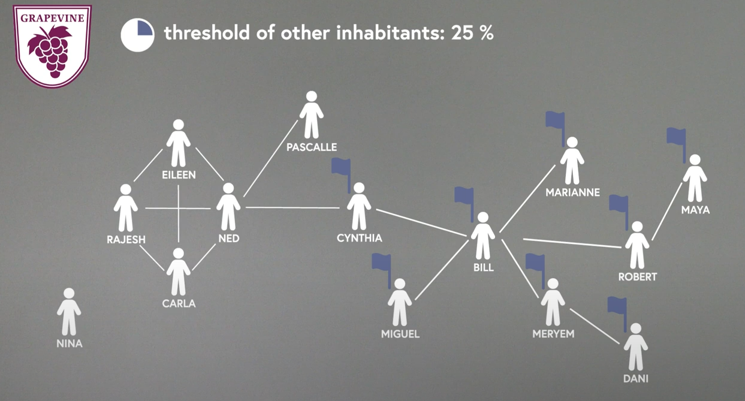 Image 5: A group of people who are closely connected within the group and have only a few links to the outside their social circle is blocking the process of joining in. Such a structure within a network is called a blocking cluster.
Image 5: A group of people who are closely connected within the group and have only a few links to the outside their social circle is blocking the process of joining in. Such a structure within a network is called a blocking cluster.






